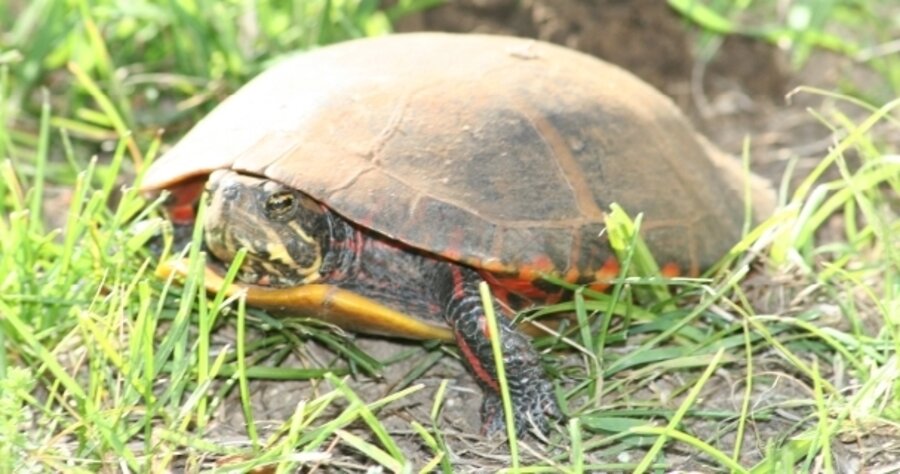Volunteering elbow grease for science
Loading...
This week's fleeting meeting between the moon, Venus, and Jupiter brought out the closet astronomer in a lot of people.
Now take the urge to observe a step further. Hunt for planets around other stars. Help unravel the workings of Earth's climate. Or probe the mysteries of proteins. Scientists are looking for volunteers -- lots of them -- to answer some of science's biggest (and not so big) questions.
The latest call for help came this week from the USA National Phenology Network. Yep, the group's name is a mouthful. But the work is important. Seasons change, and the life cycles of plant, insects, and animals are keyed to them. And many of them take place right in front of our noses. Annual migrations, hibernation, the first appearance of leaves, open blossoms, fruit, and later dropped foliage are familiar sights to hundreds of millions of people. Researchers point out that shifts in these cycles represent some of the most sensitive biological signals that climate is changing. And those shifts can have a nasty effect on many of the plants and creatures that take their cues from changing seasons. But traditional sources of research money aren't large enough to build the kind of national reporting network needed to track these changes over many years. So, researchers are looking for volunteers – from schoolchildren to seasoned gardeners to professional scientists – to build a continent-size network of observers. Different sets of procedures are geared to different experience levels – beginner (Project Budburst, which Monitor colleagues have mentioned before here and here), intermediate, and "intensive."
For those who live on the US West Coast, there's another newcomer in search of help: The Quake-Catcher Network (QCN). The goal is to build the world's largest seismic network – one laptop and desktop computer at a time – in one of the world's most earthquake-prone regions. It's a joint program between Stanford University, the University of California at Riverside, and anyone who wants to volunteer a computer – more specifically, the computer's accelerometer. The QCN provides special software that monitors the accelerometers, which typically shut down hard drives if things get too shaky.
Amateur observers have taken part in a range of projects and made important contributions to science. Amateurs have been tracking the activity of variable stars for years. Within the past couple of years, professional astronomers have enlisted amateurs in the hunt for planets orbiting other stars — using home computers or telescopes. In the US, mechanics, housewives, and engineers have trained as US National Weather Service “Skywarn” spotters. Their observations feed into National Weather Service reports on the effects of severe weather and help forecasters decide when to issue severe-weather warnings. Another granddaddy: Cornell University’s annual winter bird-feeder watch. Over at Colorado State University, scientists have set up a growing national network of volunteer rain and snowfall monitors, who use a simple, inexpensive rain gauge.
But once computers landed on desks in homes and offices around the world, and the Internet linked them, the opportunities expanded. Hunting for ET, testing ideas about how proteins fold, even climate modeling all have harnessed home computers worldwide to help speed the pace of discovery.
These provide a great chance to lend scientists a hand. The projects are accessible to children and young adults. Teachers can harness many of them for their science classes. And they help folks become more attuned to what’s up in their natural ‘hood — whether it’s the backyard or out in the galaxy somewhere.
If you’ve been on a field project or you’re taking part in a citizen-science project, feel free to share your experiences. In the meantime, check out “Boinc” for a pretty exhaustive list of projects that could use your computer's surplus processing!





